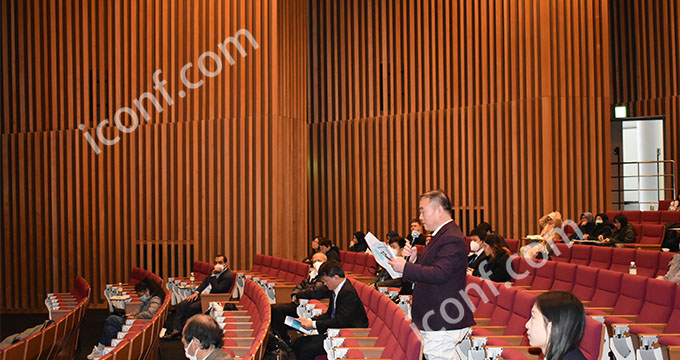

192 views||Release time: May 30, 2025
For researchers and professionals, selecting the right EI conference call for papers (CFP) is a crucial step in ensuring your work is published in reputable venues. With so many options available each year, it's important to choose carefully. Here’s a guide to help you navigate the process of selecting EI conferences that align with your research goals.

EI conferences are academic conferences whose proceedings are indexed by Ei Compendex. These conferences span a variety of disciplines, including engineering, computer science, materials science, and more. Publishing in an EI-indexed conference ensures greater visibility and academic recognition.
Focus on Your Research Field
Choose conferences that match your area of expertise. For example, if you are working on AI algorithms, select conferences focused on artificial intelligence, machine learning, or data science.
Check the Conference History
Look for established conferences with a consistent track record of EI indexing. Reliable events often have multiple years of history and a strong reputation in the field.
Review the CFP Details
Read the call for papers carefully. Pay attention to submission deadlines, topics covered, paper format requirements, and the conference location (if applicable).
Assess Acceptance Rates and Quality
Some conferences have higher acceptance rates, while others are more selective. Aim for conferences that balance accessibility with quality.
Consider the Conference Organizers
Conferences supported by reputable universities or associations are more likely to maintain high academic standards and ensure smooth publication in EI.
Use Academic Platforms
Platforms like iconf.com aggregate EI conference calls for papers across various fields, making it easy to compare and choose the most relevant options.
Choosing the right EI conference increases the chances of your research being published, cited, and recognized by the academic community. It also offers valuable networking opportunities with experts in your field, opening doors for collaboration and future research.